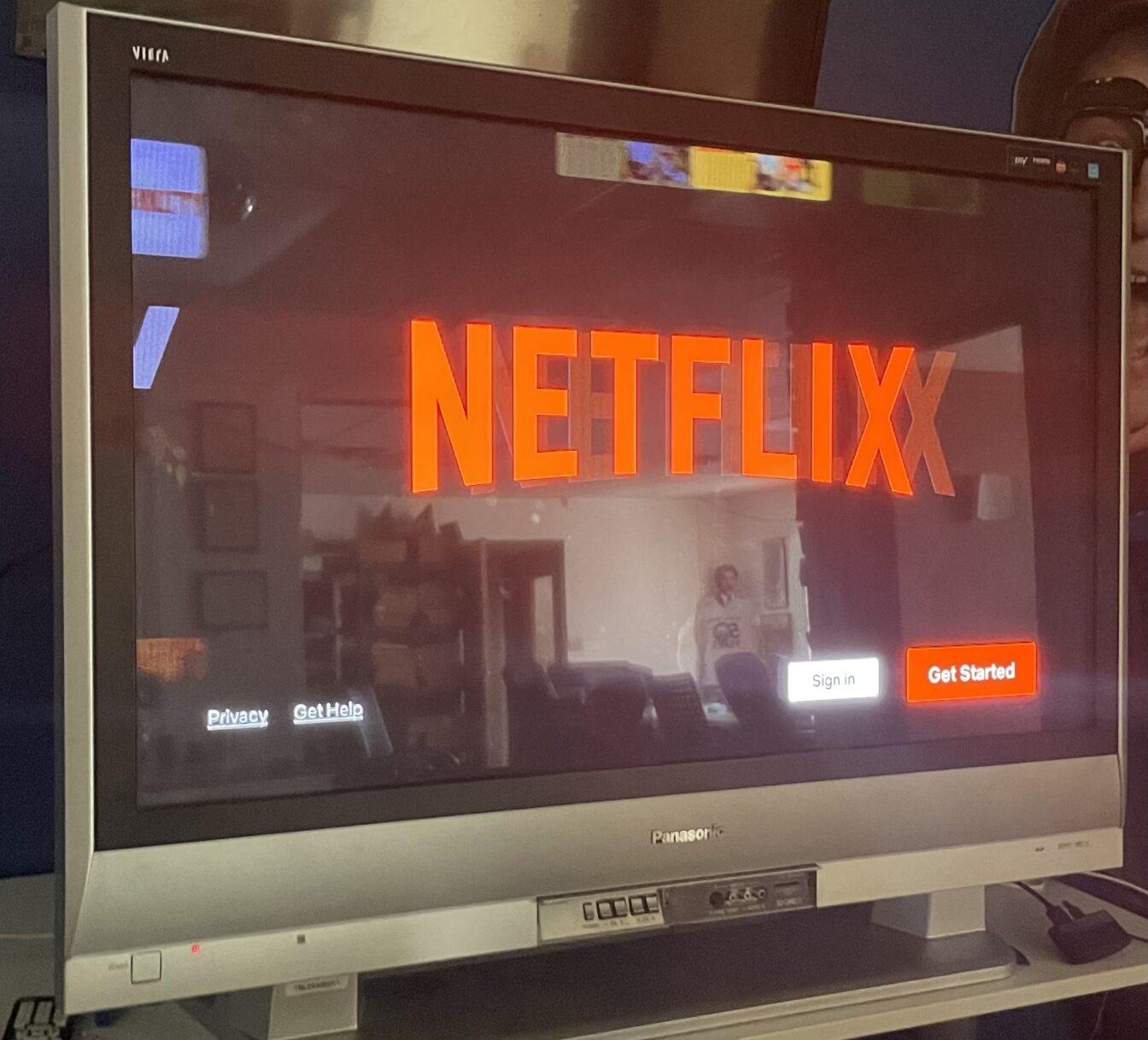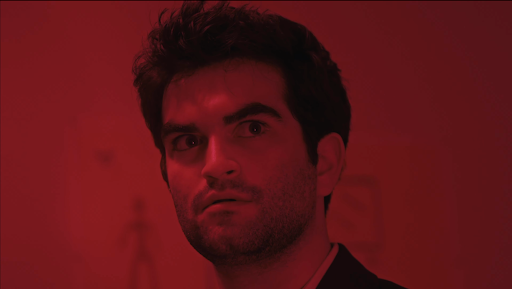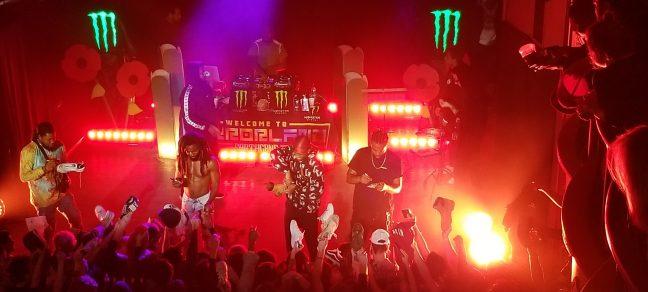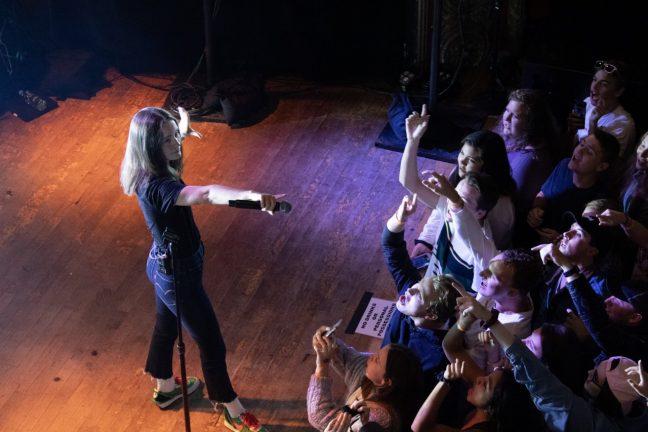
It’s somewhat rare when a horror movie can appease both horror lovers and haters. But somehow, “Cabin in the Woods” manages to perfectly blend gore, camp and comedy in an unprecedented effort to critique and reflect upon its genre.
The film has every single ingredient in the stereotypical horror movie recipe one could possibly think of. But director Drew Goddard (writer on “Cloverfield” and TV’s “Lost”), who wrote the film along with Joss Whedon (TV’s “Dollhouse”), manages to take each of these conventions, both in the diegesis of the film world and outside it, and turns them upside-down.
It’s difficult to divulge too much of the plot without spoilers. What’s necessary to know is what’s in the title – a cabin in the woods is where a group of five coeds decide to go for a weekend, where inevitably, they will meet their demise. It’s a story that sounds too familiar to be original, but it’s anything but ordinary.
Instead of opening the film with the group of 20-somethings, “Cabin in the Woods” begins with two average-looking, middle-aged workers (Richard Jenkins, “The Rum Diary,” and Bradley Whitford, “Have a Little Faith”) having a mundane conversation at a seemingly uninteresting job. Without too many narrative cues that describe the nature of their work or how the workers relate to the protagonists, the title card interrupts in a campy way, ending their conversation mid-sentence, signaling the satirical tone of the rest of the movie.
The audience soon discovers that these workers are in charge of engineering the deaths of the cabin vacationers. They program certain aspects of the characters’ lives, leading them to make different decisions that could cost the college students their lives. And they keep a betting pool of what deadly scenario will end them. Meanwhile, the coeds must figure out the scheme or die particularly grisly deaths.
“Cabin in the Woods” is a critique of – but also an undeniable love letter to – almost every horror movie ever made: It’s a meta hipster adventure. There are clear references to mega hits like “The Hunger Games,” “Saw,” “Alien” and “Hostel,” but the argument can be made for any movie starring zombies, werewolves or axe murderers.
Horror movie buffs will rejoice at these references and at the mysterious and sinister company engineering the coeds’ doom – which feels like a meta critique of the horror film fan watching it – not to mention a decent amount of gore to be found. And those repulsed by horror can still enjoy the film’s twisted sense of humor, which is one to which past horror/comedy hybrid attempts like “Shaun of the Dead” pale in comparison.
In terms of critiquing the horror genre, the film makes heavy use of the classic tilted camera angles to disorient the viewer, the poorly planned scenarios that will guarantee a gruesome death, the letterman jacket-wearing jock, the dumb blonde, the virginal girl, the idiot pothead and the nerd. But the level of control that characters possess of their own destinies is constantly toyed with, both to the characters themselves and to the audience.
Goddard tweaks the audience further, redefining and completely subverting cues that typically would alert a viewer to danger in a scary movie like music and character tropes.
These subversions, matched with several other aspects of “Cabin in the Woods,” are what makes it thrilling. While Whitford’s lines aren’t exactly at the caliber of the Aaron Sorkin-esque dialogue he once spoke on “The West Wing,” his similarly jaded demeanor as a nefarious engineer is amusing. And when the college coeds are onscreen, whether they’re playing into their stereotypes or grinding against them, the screenplay often finds a way to be funny about it.
The film has a few shortfalls, but it’s difficult to tell whether or not the filmmakers planted them on purpose in further meta-critique of the horror movie genre. Minor plot holes slip through the cracks of the outrageousness onscreen, but with few qualms from the audience.
The best way to describe this creation might be a genre assessment. It’s a much more powerful deconstruction of the horror movie than “Scream,” one of its few predecessors in its attempt to both function as a scary movie while tearing the concept apart. And its ending, which comes after a series of brilliant plot twists and surprise cameos, makes it similar to what Quentin Tarantino did for badass/meta World War II movies with “Inglourious Basterds” – “Cabin in the Woods” can’t be topped.
Five out of five stars
























